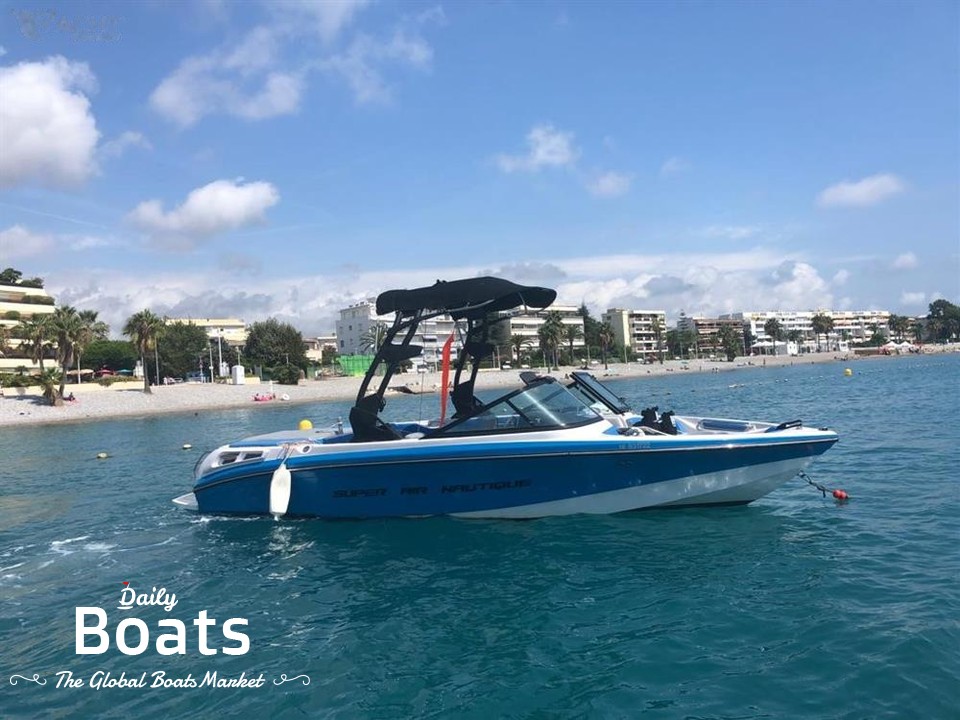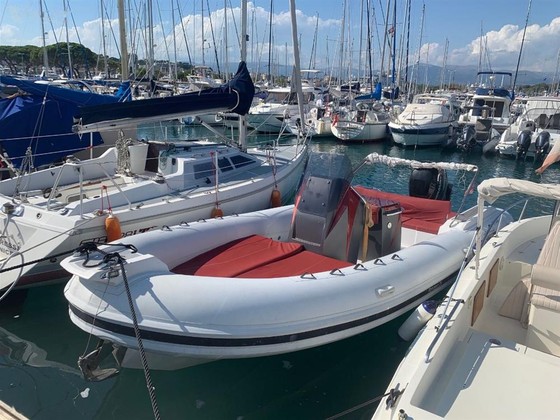Petrol-gasoline boats

What are petrol-gasoline boats?
Introduction
If you're considering purchasing a boat, you may be wondering what kind of engine is best for you. We'll be discussing petrol-gasoline boats - what they are, how they work, and their pros and cons. We'll also touch on the different types of petrol-gasoline boats available as well as some tips on maintenance.
What are petrol-gasoline boats
History of petrol-gasoline boats
The first petrol-powered boat was built in 1891 by German engineer Wilhelm Maybach. He designed and built a small boat powered by a gasoline engine. The engine was designed to be lightweight and compact, making it ideal for use in a small boat.
Maybach's invention was not commercially successful, but it did prove that a gasoline engine could be used to power a boat. In the early 1900s, other inventors began experimenting with gasoline engines for boats. One of the most successful was American engineer Charles Duryea, who designed and built the first commercially successful gasoline-powered boat in 1903.
Duryea's boat was much larger than Maybach's, and it had two engines instead of one. It was also the first boat to use a propeller instead of paddles or oars for propulsion. The success of Duryea's boat led to the development of other gas-powered boats in the United States and Europe.
By the 1920s, gas-powered boats were becoming increasingly popular. They were used for pleasure cruising, fishing, and water sports such as racing and water skiing. Today, gas-powered boats are still widely used for all these purposes.

How do petrol-gasoline boats work?
Gasoline engines work by igniting a mixture of fuel and air inside a cylinder. This creates a powerful explosion that drives a piston up and down inside the cylinder. The piston is connected to a crankshaft, which converts the up-and-down motion of the piston into rotational motion that turns the propeller (or paddles).
Gasoline engines are classified according to how many cylinders they have and how they are arranged:
- Single-cylinder engines are typically used in small boats because they are lightweight and compact.
- Two-cylinder engines are more powerful than single-cylinder engines and are often used in larger boats.
- Four-, six-, eight-, and even twelve-cylinder engines are available, but they are generally only used in very large or high performance boats.
Advantages and disadvantages of petrol-gasoline boats
Advantages:
- Gasoline engines are relatively simple and inexpensive to maintain.
- They are also relatively easy to start, even in cold weather.
- Gasoline-powered boats have high power-to-weight ratios, which means they can accelerate quickly and reach high speeds.
Disadvantages:
- Gasoline engines produce harmful emissions that can pollute the air and water.
- They are also noisy and can be difficult to control at high speeds.
Types of petrol-gasoline boats
Inflatable boats
Inflatable boats are the most popular type of petrol-gasoline boat. They are made from a tough PVC material and have inflatable air chambers that make them buoyant. They are lightweight and easy to transport, making them ideal for camping and fishing trips.
Pontoon boats
Pontoon boats are another popular type of petrol-gasoline boat. They are similar to inflatable boats, but they have a solid hull made from aluminum or fiberglass. Pontoon boats are more stable than inflatable boats and can accommodate more passengers and cargo.
Fishing boats
Fishing boats are specially designed for anglers and include features like livewells, fish finders, and trolling motors. Some fishing boats can even be equipped with outboard motors for increased speed and maneuverability.
Maintenance of petrol-gasoline boats
Regular maintenance
It is important to perform regular maintenance on your petrol-gasoline boat to keep it in good working condition. This includes checking the engine oil level, changing the oil and filter, and checking the fuel system for leaks. The propeller should be inspected regularly for damage and replaced if necessary. The bottom of the hull should be cleaned to remove any build-up of algae or other debris.
Winterizing your boat
If you live in an area where winters are cold, it is important to winterize your petrol-gasoline boat to prevent damage from freezing temperatures. This includes adding antifreeze to the engine cooling system, draining the fuel tank and adding fresh fuel, and removing any batteries from the boat. The boat should be covered or stored indoors during the winter months to protect it from the elements.
Conclusion
Petrol-gasoline boats have been around for over a century and are still a popular choice for many boat owners. While they may not be as fuel efficient as some other types of boats, they are typically easier to maintain and offer a smoother ride. There are three main types of petrol-gasoline boats – inflatable boats, pontoon boats, and fishing boats – each with their own set of advantages and disadvantages. Regular maintenance is key to keeping your petrol-gasoline boat in good shape, including winterizing it properly before storing it for the off-season.
So, if you're looking for a reliable and fun boat to take out on the water, a petrol-gasoline boat may be the right choice for you. Just be sure to do your research and follow proper maintenance procedures to keep your investment in good condition.







